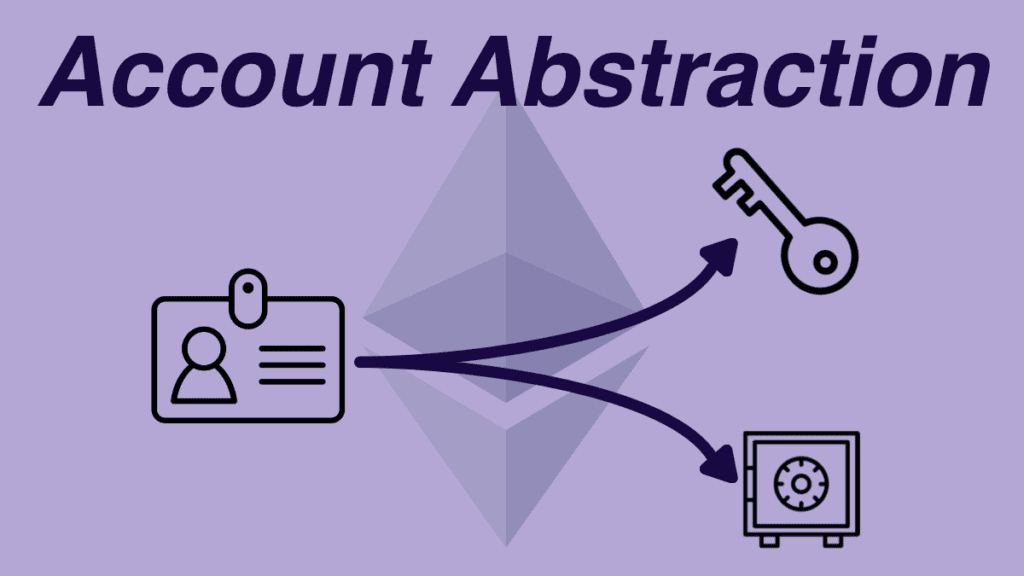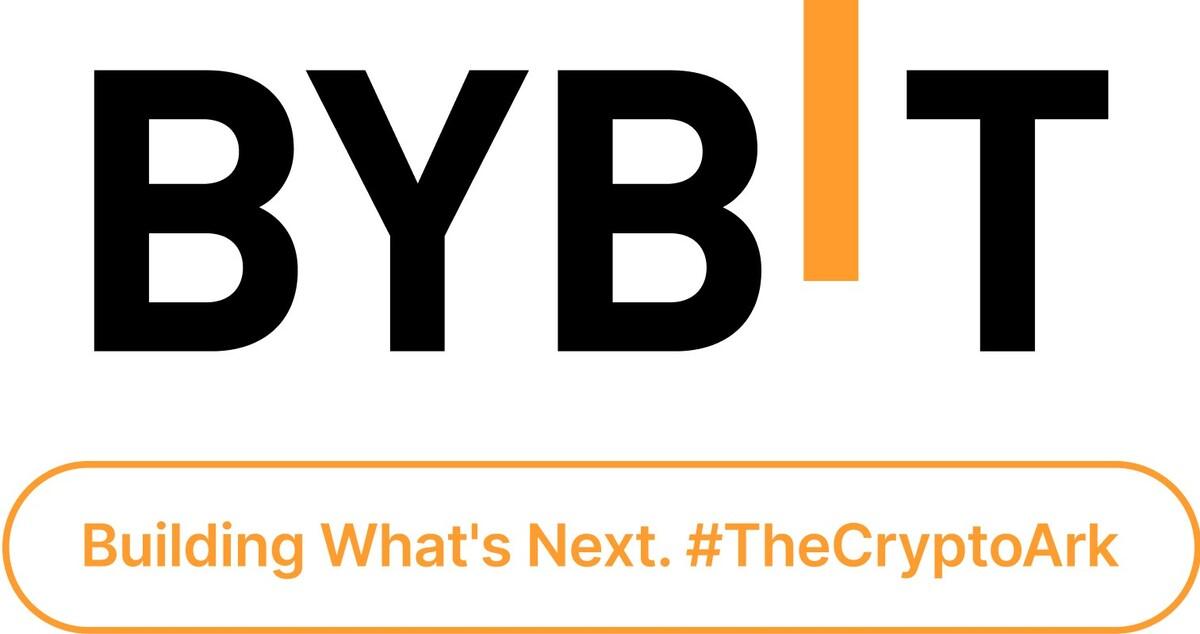Why Account Abstraction (AA) Can Greatly Improve The Quality Of Web3 Wallet Users
Web3 wallets are key for blockchain users, but the user experience of most current wallets could be better, which is one of the biggest obstacles to mass adoption. However, upgrading ERC-4337, a new “Account Abstraction (AA)” standard, unlocks the functionality of smart contract wallets on the Ethereum blockchain and EVM-compatible networks. So what is Account Abstraction (AA)? What opportunities can it offer to help improve future Web3 wallets and applications?
What is Account Abstraction (AA)?

Account abstraction refers to a concept in blockchain technology, especially in the context of Ethereum, where the traditional roles and functions of accounts are abstracted or separated from the implementation of other smart contract accounts. In a blockchain like Ethereum, an “account” usually refers to a user’s address that holds a cryptocurrency balance and can conduct transactions.
With account abstraction, the idea is to make smart contracts more flexible and efficient by allowing them to directly control and pay for their own storage and computation costs. In a non-abstract system, the user’s account pays for the execution of the smart contract. In an abstract system, the smart contract itself can cover these costs, allowing for more complex interactions and innovative use cases.
Thus, it can be said that AA is an advanced feature that enhances the capabilities of smart contracts, reduces complexity, and opens the possibility of optimizing gas usage (transaction fees) on the blockchain. It can enable new decentralized application types and more complex transaction structures.
Vitalik mentioned AA from Ethereum’s EIP-86 proposal back in 2017, but it required too many changes from the protocol to implement. After that, Vitalik updated with the improved versions, EIP-2938 and the most recent version, EIP-4337, to make it easier to deploy.
How to Account Abstraction improve user quality?
The most important innovation of account abstraction and ERC-4337 is not the contract-based wallet but the ability to abstract (separate) separate EOA or contract accounts. EIP-4337 is the first step towards native smart contract wallet support in a decentralized way that does not require changes to the Ethereum protocol. Instead of modifying the consensus layer to support smart contract wallets, a new system is added exclusively to the regular transaction gossip protocol.

This higher-level system is built around a new object called UserOperation that encapsulates actions from the user along with the associated signatures. These UserOperation objects are then broadcast into a dedicated mempool, where validators can collect them into a “packet transaction”. Bundle transactions represent a chain of many individual UserOperations. They can be included in Ethereum blocks like a standard transaction and will be selected by validators using a fee-maximizing selection model similar.
The way wallets work will also change under EIP-4337. Instead of each wallet re-implementing common but complex secure logic, those functions are outsourced to a global wallet contract known as the “entry point”. This will handle operations like fee payments and EVM code execution so wallet developers can focus on providing a great user experience.
Improvements beyond account abstraction
Account abstraction appears in blockchain systems like Ethereum to improve the efficiency, flexibility, and capabilities of smart contracts and transactions. It addresses certain limitations and challenges in the traditional account-based blockchain platform model.
Gas Efficiency and Cost Optimization: In the traditional account model, users must pay gas (transaction fees) for every operation performed on the blockchain. This can lead to high costs, especially for complex smart contracts. Account abstraction allows contracts to pay for their execution, potentially reducing gas fees and making transactions more cost-effective.
Flexibility in Transaction Structure: Account abstraction separates the control of funds from the execution of logic. This enables smart contracts to cover their gas costs and dynamically adjust their behavior based on available funds. This flexibility allows for more intricate and sophisticated transaction structures.
Complexity and Modularity: Smart contracts in a non-abstracted system are often tightly coupled with the user’s account, which can lead to complex and less modular designs. Account abstraction promoter and more modular code by contracts to be self-contained and independent from the user’s account.
Security and Authorization: Separating funds from contract execution security by reducing the risk of unauthorized access to funds. It also enables contracts to enforce their access controls and permissions, improving overall security.
Innovation and Use Cases: Account abstraction opens up new possibilities for innovative use cases that may not have been feasible or efficient under the traditional model. This developer encourages to explore and implement novel decentralized applications and protocols.
Interoperability: By abstracting the account model, smart becomes more portable and adaptable, potentially facilitating interoperability between different blockchain networks and platforms.
Developer Experience: Account abstraction can simplify development by providing developers with more tools and options for designing efficient and effective smart contracts. This can lead to improved developer experience and faster adoption of blockchain technology.
Scalability: Account abstraction can improve scalability by enabling more efficient resource allocation and utilization within the blockchain network.
Conclusion

Account abstraction became the common ideal of the Ethereum developer community. Instead of lines of EVM code that are only used to implement the logic of applications/dapps, it can also be used to implement the logic of individual user wallets.
Overall, account abstraction is a step towards making blockchain technology more user-friendly, scalable, and capable of supporting more applications. It allows developers to create more powerful and efficient smart contracts while improving blockchain platforms’ overall usability and functionality. This can open the door for creativity in wallet design, giving users many new essential features without being too dependent on private keys anymore.
However, currently, ERC-4337 still has compatibility issues as not all DAPPs can verify the validity of the existing contract account signature. But implementing EIP-1217 will solve this problem. In addition, since using the Ethereum blockchain is still expensive, AA smart accounts also face the problem of gas costs. In the short term, it is foreseeable that ERC-4337 will be more adopted in L2.
DISCLAIMER: The information on this website is provided as general market commentary and does not constitute investment advice. We encourage you to do your own research before investing.






















